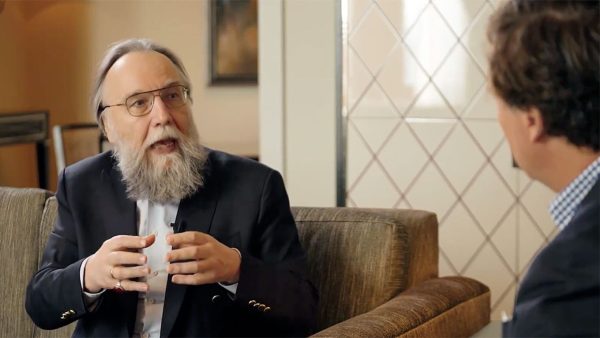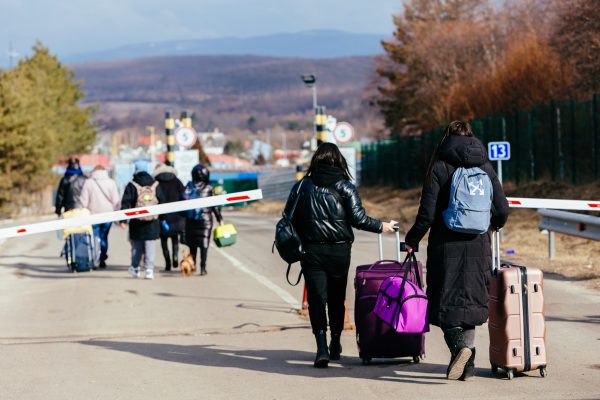After several decades of conflict and thousands of dead, the Nagorno-Karabakh Republic of ethnic Armenians has ceased to exist. Last year, Azerbaijan successfully launched a surprise attack to take it by force. Hundreds of residents were killed, and many more were injured.
The Azerbaijanis declared victory and forced more than 100,000 Armenians to leave the area. (Azerbaijan denies this but the allegation has support from the European Parliament.)
These refugees now reside in the Armenian mainland. While the government is doing what it can to assist them, it is struggling with an expensive new problem at a time of limited budgets.
Even before the events of September 2023, the government was facing issues with unemployment and poverty. These problems will become even more challenging given this new influx to the country of 2.8 million people.
And their presence adds to the challenges for Prime Minister Nikol Pashinyan following a major strategic defeat. While Armenia did not enter the conflict (because it would have lost) the erasure of Nagorno-Karabakh has angered nationalists.
Other problems abound. According to the World Food Programme (WFP), 23% of households face food insecurity, and 54% are “at risk of falling into food insecurity . . . in case of shocks.” Meanwhile, the World Bank reports that unemployment stands at 12.6%. The poverty rate is meanwhile 27%. In other words, the refugees may be welcome but their presence presents a problem.
The WFP has attempted to combat these issues by increasing food availability. The organization is also working with the Geneva International Centre of Humanitarian Demining so that areas within Armenia can be cleared and returned to agricultural production.
The government has offered to assist some refugees, but it is determining how to help them assimilate while juggling with financial constraints.
Recently, the government stated that it would issue pensions to residents from Nagorno-Karabakh. The program, while welcoming to older people, underlines that the state can only assist the most vulnerable. The exact amount is yet to be determined. To add to these complications, the pension will only be provided until June.
Meanwhile, many refugees are largely accommodated in communal facilities that were not designed for habitation. Often lacking heating and the creature comforts they were forced to leave behind, many are struggling to make ends meet.
They have had assistance of $250 each and another $125 for rent, where needed. But these are hardly sufficient, especially in the capital Yerevan, which also accommodates Russian exiles. The refugees nonetheless say they have been moved by the warmth of their reception from fellow Armenians.
Grim as the situation may be, there is more positive economic news which bodes well for the medium term. In December, the International Monetary Fund (IMF) projected Armenian real GDP growth of 7% in 2023 and 5% this year, even as inflation falls.
The effective cleansing of Armenians is part of a long series of forced population movements between the two former Soviet republics. When the first Nagorno-Karabakh conflict broke out during the Soviet Union’s collapse, some 700,000 Azerbaijanis were expelled from Armenia and as many as 500,000 Armenians left Azerbaijan.
Human Rights Watch says that the small numbers of Armenians now remaining should receive protection from Azerbaijan, but added that assurances from its officials were, “difficult to accept at face value after the months of severe hardships, decades of conflict, impunity for alleged crimes, in particular during hostilities, and the Azerbaijani government’s overall deteriorating human rights record.”
President Ilham Aliyev’s government seems far more concerned with the significant challenges of reintegrating the captured lands of Nagorno-Karabakh.
Some Azerbaijanis have already started to move into the area. But the integration program is far from clear.
There are numerous complications. For example, if Nagorno-Karabakh is to be integrated with the rest of Azerbaijan, then identification forms and other documents will need to be provided. How might residents obtain Azerbaijani citizenship, and what will the process entail? In addition, there are various societal matters that need to be addressed. For example, how to reopen schools and impose curriculums.
Azerbaijan may regard these as the problems of success, while Armenia deals with much tougher issues on the other side of the equation. Much needs to be done to address the numerous outstanding issues, not least the possibility of a future peace settlement to ensure the countries end the cycle of war.
Mark Temnycky is an accredited freelance journalist covering Eurasian affairs and a nonresident fellow at the Atlantic Council’s Eurasia Center. He can be found on X @MTemnycky
Europe’s Edge is CEPA’s online journal covering critical topics on the foreign policy docket across Europe and North America. All opinions are those of the author and do not necessarily represent the position or views of the institutions they represent or the Center for European Policy Analysis.





